Meal prep can feel like a game-changing solution—until you find yourself knee-deep in dirty cutting boards, half-chopped onions, and unopened quinoa bags gathering dust in the pantry. The truth is, not all ingredients are created equal when it comes to convenience, efficiency, or flavor. Some are reliable heroes that make batch cooking a breeze, while others only pretend to be helpful, taking up valuable space in your fridge or cabinet with zero return on investment.
Whether you’re prepping for a busy week of school lunches, late work nights, or just want to eat healthier without spending hours in the kitchen, your ingredient choices matter more than you think. The right staples can cut your prep time in half, reduce cleanup, and still deliver meals that taste fresh, flavorful, and satisfying. From pre-cooked proteins to microwave-ready grains and all-purpose flavor boosters, smart selections are the secret sauce to stress-free meal planning.
But beware—there’s also a cast of imposters lurking in your kitchen. These are the well-intentioned buys that seemed like a good idea at the time: specialty grains that take forever to cook, delicate herbs that wilt in days, and condiments you used once and never again. Not only do they slow you down, but they also clutter your prep space and make cooking feel like more of a chore.
In this list, we break down 10 time-saving meal prep ingredients that deserve a permanent spot on your grocery list—plus 5 that just take up space and should probably be skipped next time. Whether you’re a seasoned meal prepper or a beginner trying to streamline your weekly routine, this guide will help you prep smarter, not harder—and make every ingredient count.
1. Rotisserie Chicken

Rotisserie chicken transforms meal prep from a Sunday marathon into a quick sprint. Already seasoned and perfectly cooked, this versatile protein only needs shredding before becoming the star of countless dishes.
Toss it into pasta for an instant chicken alfredo, mix with mayo and celery for chicken salad sandwiches, or add to soup for hearty flavor without the hours of simmering. The bones and scraps can even become homemade stock!
One chicken typically yields about 4 cups of meat—enough for multiple meals throughout the week. Store portions in the fridge for 3-4 days or freeze for up to 3 months.
2. Frozen Vegetables
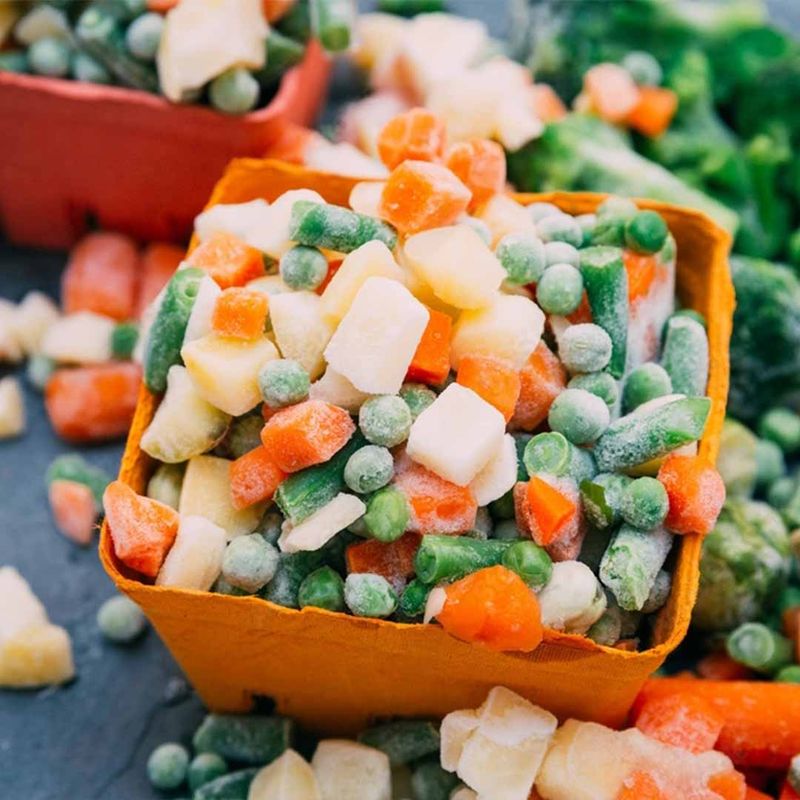
Flash-frozen at peak ripeness, frozen vegetables often contain more nutrients than their ‘fresh’ counterparts that traveled days to reach your grocery store. No washing, chopping, or peeling required—just open the bag and cook!
Stir-fry mixes go from freezer to table in minutes. Broccoli, cauliflower, and carrots roast beautifully straight from frozen. Even spinach and kale work wonderfully in smoothies, soups, and egg dishes.
Unlike fresh produce that wilts within days, frozen veggies wait patiently for weeks or months. This means less food waste and always having vegetables on hand for balanced meals.
3. Canned Beans
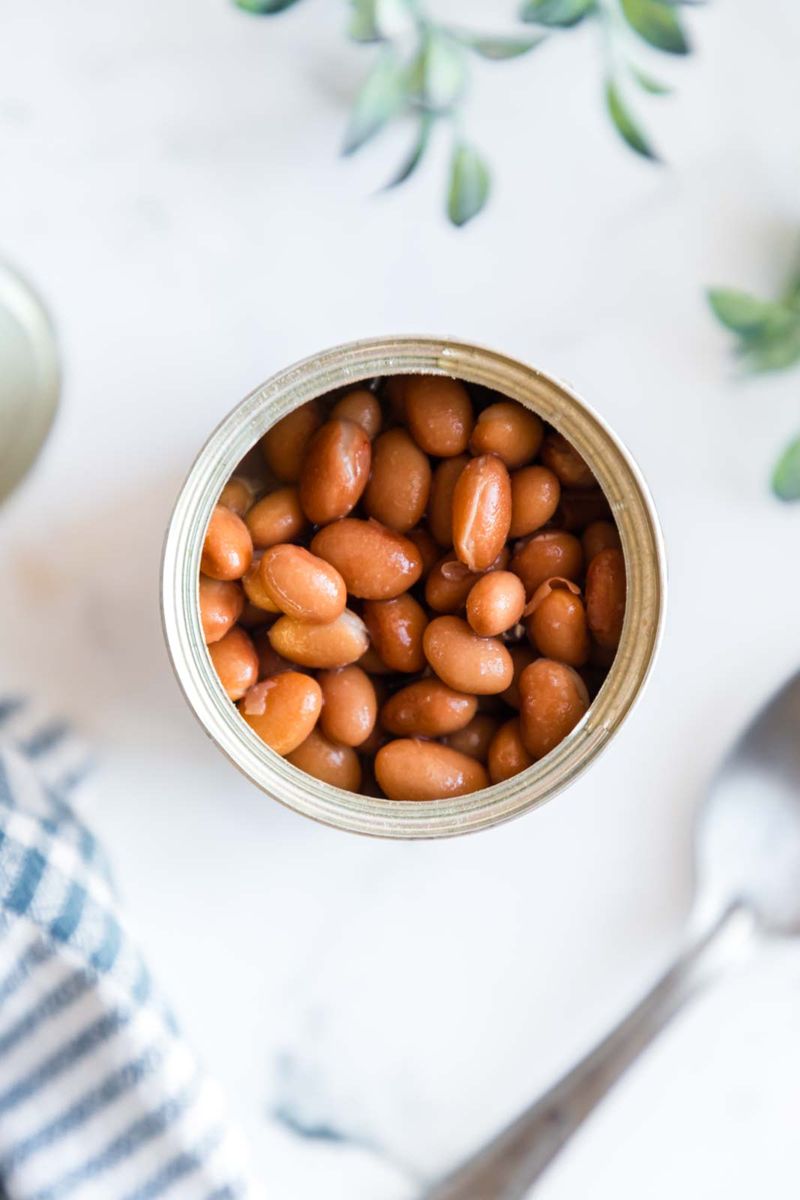
Forget soaking dried beans overnight! Canned beans deliver instant nutrition with just the flick of a can opener. Rinse them quickly to reduce sodium, and they’re ready to elevate any meal with plant-based protein and fiber.
Black beans turn simple rice into a complete protein dish. Chickpeas transform into quick hummus or add substance to Mediterranean salads. Kidney beans make chili possible on weeknights instead of simmering all day.
With shelf lives measured in years rather than days, canned beans stand ready for meal emergencies. Their versatility spans cuisines from Mexican to Indian, making them truly indispensable for efficient meal prep.
4. Microwaveable Grains
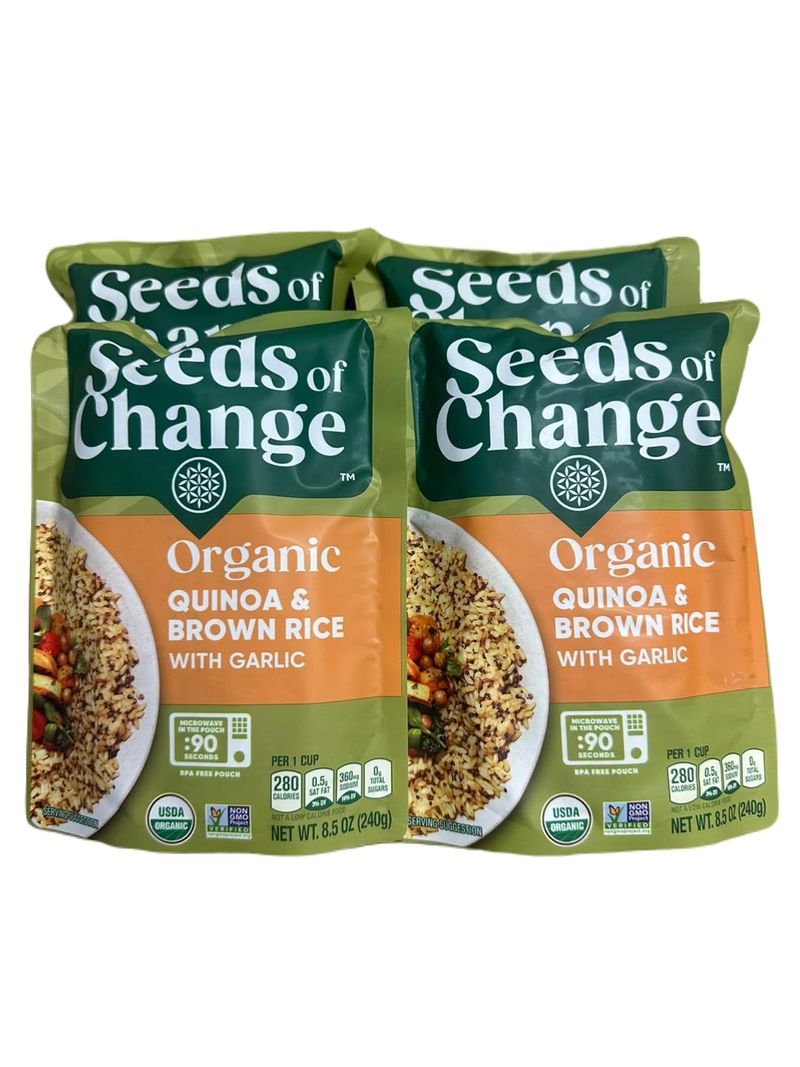
Remember when cooking quinoa or brown rice meant watching a pot for 45 minutes? Microwaveable grain packets have revolutionized meal prep by shrinking that time to just 90 seconds!
These pre-cooked, shelf-stable or refrigerated packets come in numerous varieties—brown rice, quinoa, farro, and grain medleys. They form the perfect foundation for Buddha bowls, serve as side dishes, or bulk up soups and salads with minimal effort.
While slightly pricier than cooking from scratch, the time saved and convenience factor makes them worthwhile for busy weeks. Many brands now offer options without preservatives or added sodium, just pure, perfectly cooked grains.
5. Eggs

Hard-boiled, scrambled, or baked in muffin tins—eggs adapt to any meal prep strategy with minimal fuss. A carton of eggs is essentially a dozen ready-to-go protein portions, each wrapped in its own natural packaging.
Batch-cook hard-boiled eggs for grab-and-go snacks or quick salad toppers. Whip up a veggie-packed frittata that portions beautifully for multiple breakfasts. Even simple egg muffins—beaten eggs with mix-ins baked in a muffin tin—create portable, protein-rich meals.
Beyond their versatility, eggs stay fresh for weeks in the refrigerator. Their complete protein profile and essential nutrients make them nutritional powerhouses that keep hunger at bay for hours.
6. Greek Yogurt
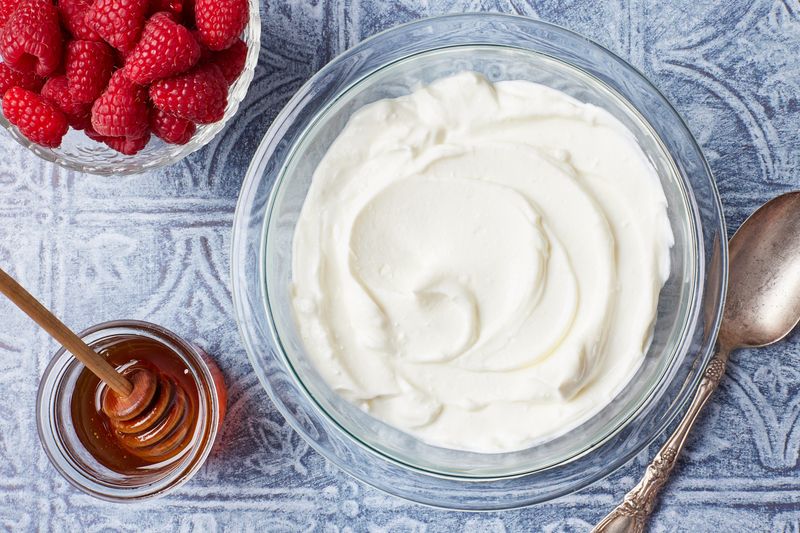
Greek yogurt works overtime in the meal prep world, seamlessly transitioning from breakfast star to cooking ingredient without missing a beat. Its thick, creamy texture and tangy flavor profile make it incredibly versatile.
For breakfast, pair it with honey and berries or blend into smoothies. At lunch, it transforms into creamy dressings without the heavy calories of mayo. For dinner, it creates velvety sauces or marinades that tenderize proteins.
The high protein content (typically 15-20g per cup) helps meals stay satisfying longer. Buy the plain variety in larger containers for maximum flexibility—you can always add your own flavorings from sweet to savory as needed.
7. Pre-Cut Vegetables
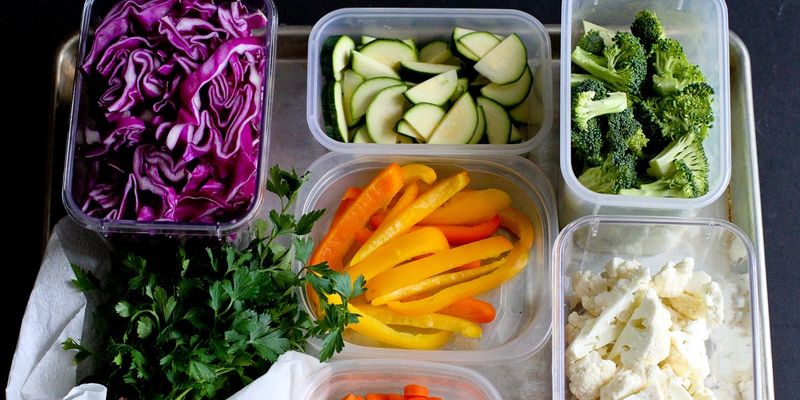
The chopping board often becomes the bottleneck in meal prep sessions. Pre-cut vegetables eliminate this time-consuming step, making healthy cooking accessible even on your busiest days.
Spiralized zucchini transforms into quick “pasta” dishes. Cubed butternut squash roasts without the wrestling match of peeling and cutting the whole vegetable. Even simple sliced bell peppers save precious minutes when assembling stir-fries or fajitas.
While slightly more expensive than whole produce, the time saved often prevents the all-too-common scenario of vegetables wilting in your crisper drawer. Many pre-cut options now come in recyclable packaging, addressing previous environmental concerns about extra plastic waste.
8. Store-Bought Pesto
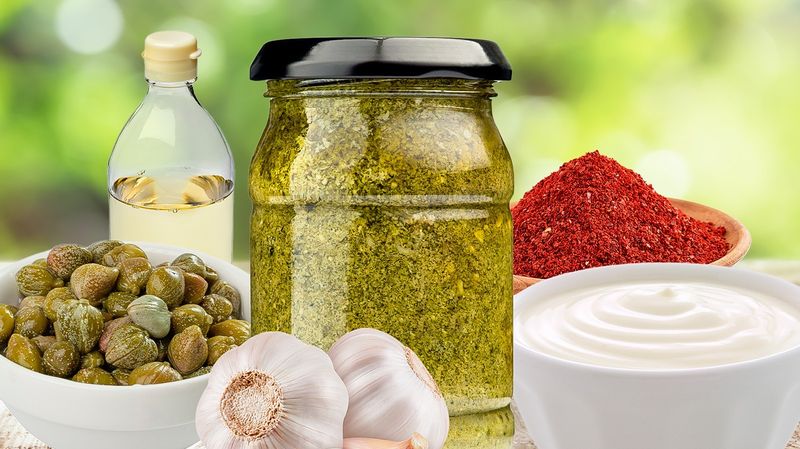
Homemade pesto requires a food processor, multiple ingredients, and inevitable cleanup. Store-bought versions deliver that same bright, herbaceous flavor profile with just a twist of the lid.
A spoonful transforms plain pasta into a restaurant-worthy dish in seconds. Spread it on sandwiches instead of mayo for an instant upgrade. Mix with Greek yogurt for a quick dip, or dollop onto baked chicken for a no-effort flavor boost.
Modern grocery stores now offer numerous variations beyond traditional basil—sun-dried tomato, kale, or red pepper pestos add variety to your meal prep arsenal. Most stay fresh for weeks after opening, making them perfect for multiple meal prep sessions.
9. Frozen Cooked Shrimp
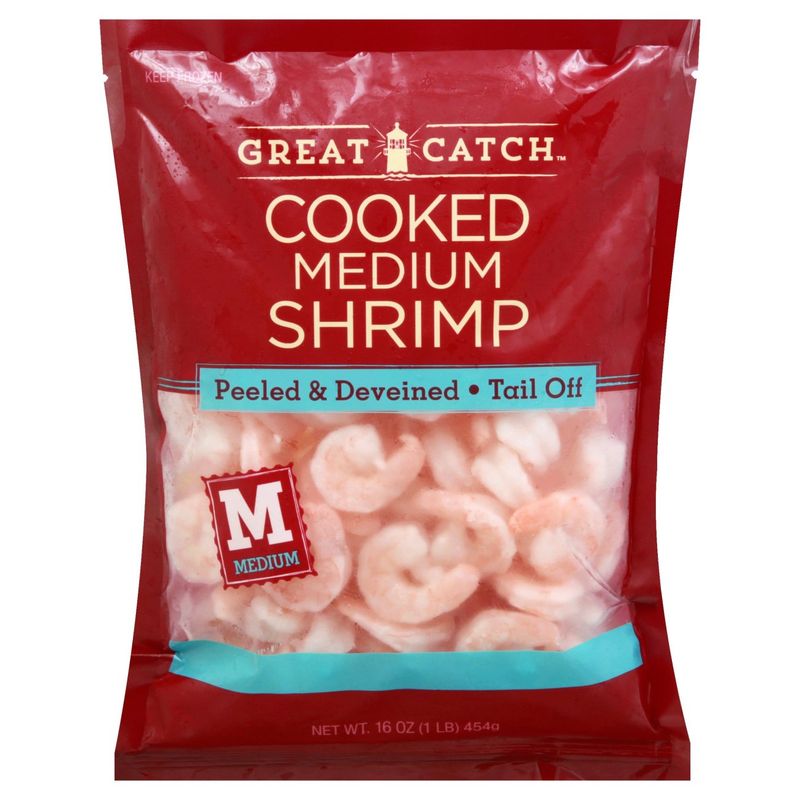
Seafood often seems too delicate and time-sensitive for meal prepping—enter frozen cooked shrimp, the exception to this rule. Already cleaned, deveined, and perfectly cooked, they thaw in minutes under cold running water.
Add them to cold dishes like salads and pasta salads straight from the thawed state. For hot dishes, toss them in during the final minute of cooking just to warm through. Their sweet, mild flavor pairs beautifully with countless cuisines from Asian stir-fries to Mexican tacos.
Unlike raw seafood with its short shelf life, frozen cooked shrimp stay ready in your freezer for months. This accessibility makes incorporating heart-healthy seafood into your weekly meal rotation much more practical.
10. Spice Blends

Spice blends eliminate the dance of opening and measuring from multiple jars when you’re trying to meal prep efficiently. One shake delivers a perfectly balanced combination of flavors that might otherwise require 5-10 individual spices.
Italian seasoning transforms plain chicken breasts into Mediterranean masterpieces. Taco seasoning upgrades ground turkey for multiple Latin-inspired meals. Even simple “everything bagel” seasoning elevates avocado toast or eggs without extra effort.
Quality blends contain no fillers, just perfectly proportioned spices that would take years to perfect on your own. They save not just time but also money and cabinet space that would otherwise go to rarely-used individual spices.
1. Uncooked Whole Grains
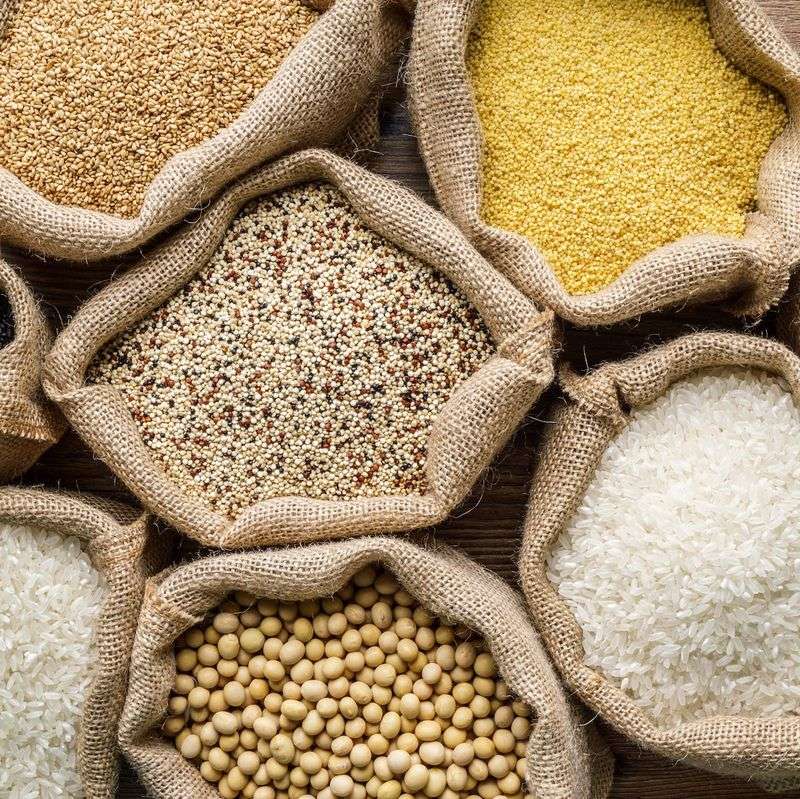
Uncooked whole grains like farro, barley, and wheat berries offer impressive nutritional profiles, but their lengthy cooking times make them impractical for quick meal preparation. Some require soaking overnight before even beginning the 45+ minute cooking process.
When you’re trying to streamline your kitchen routine, watching a pot of grains simmer for nearly an hour contradicts the efficiency goal. The texture and flavor differences rarely justify the extended cooking time compared to quicker alternatives.
If you love these grains, consider batch cooking them on weekends when time permits. Otherwise, stick to quick-cooking alternatives like quinoa (15 minutes) or the aforementioned microwaveable options for weekday meal assembly.
2. Large Batches of Fresh Herbs
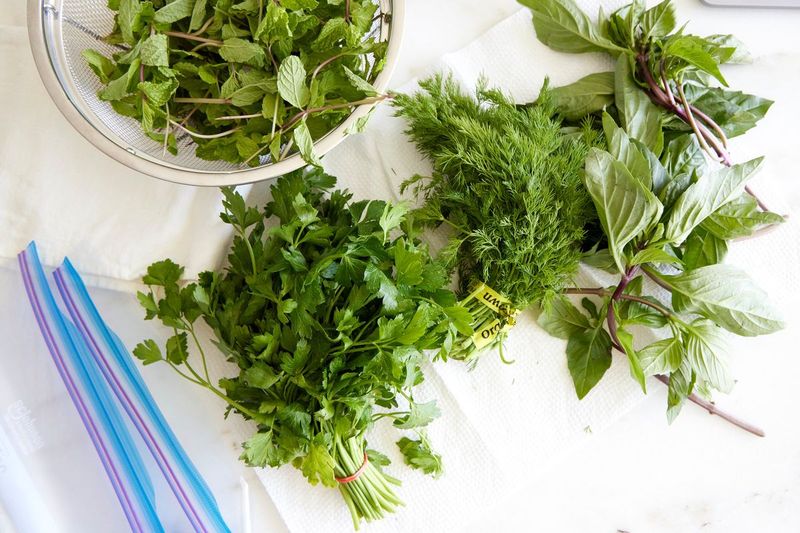
The massive herb bundles sold at grocery stores rarely align with actual recipe needs. You’ll use a few sprigs of cilantro for taco night, then watch the remaining bunch turn to slime in your produce drawer.
Fresh herbs spoil incredibly quickly—often within days—making them ill-suited for meal planning across a week. Their delicate nature means they’re often past their prime before you’ve had a chance to use even half the package.
Better alternatives exist! Herb pastes in tubes, frozen herb cubes, or dried versions provide the flavors you need without the waste. If you must buy fresh, consider planting the stems to grow your own supply that can be harvested as needed.
3. Bulk Lettuce or Salad Greens
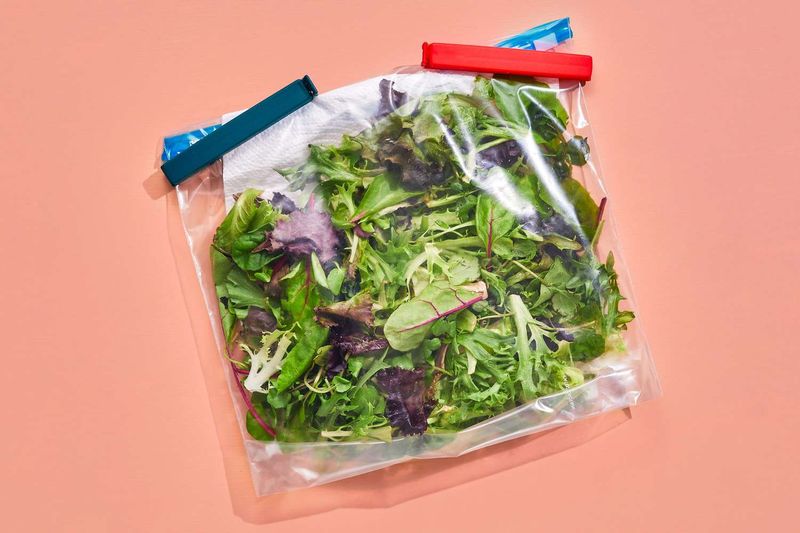
That giant container of spring mix seemed like such a good idea on Sunday! By Wednesday, it’s a slimy mess despite your best intentions. Delicate greens have among the shortest shelf lives of any produce.
Pre-washed greens often spoil even faster due to moisture trapped in the packaging. The decomposition process accelerates once the container is opened, regardless of how carefully you reseal it.
For meal prep success, focus on heartier greens like kale, cabbage, or bok choy that maintain texture for days. Alternatively, plan salads only for the first half of your week, or invest in specialized produce containers with ventilation systems that extend greens’ freshness by managing moisture levels.
4. Excessive Condiments
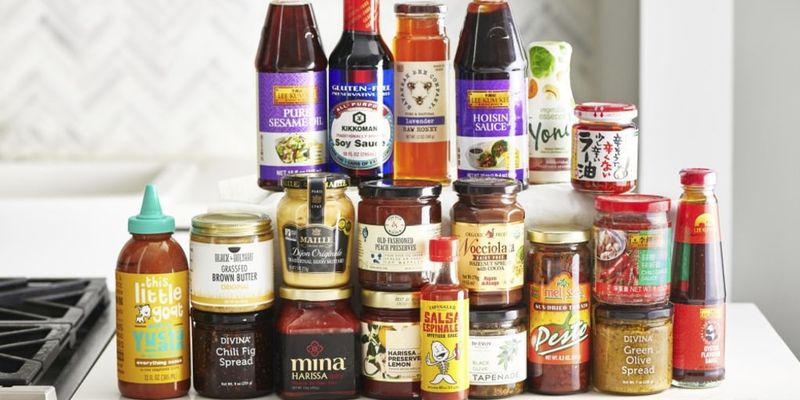
Specialty mustards, exotic hot sauces, and that mango chutney you bought for one recipe six months ago—condiments are the silent space-wasters of meal prep. Their specialized flavors rarely work across multiple dishes, leading to partially used bottles languishing for months.
Many condiments expire long before you’ve had a chance to use them up. Even worse, they crowd valuable refrigerator space that could be used for truly versatile ingredients.
Instead of accumulating single-use flavor enhancers, focus on multipurpose options like soy sauce, vinegars, and lemon juice. When specialty condiments are necessary, look for the smallest available size or see if a friend wants to split a bottle to minimize waste.
5. Specialty Flours or Grains
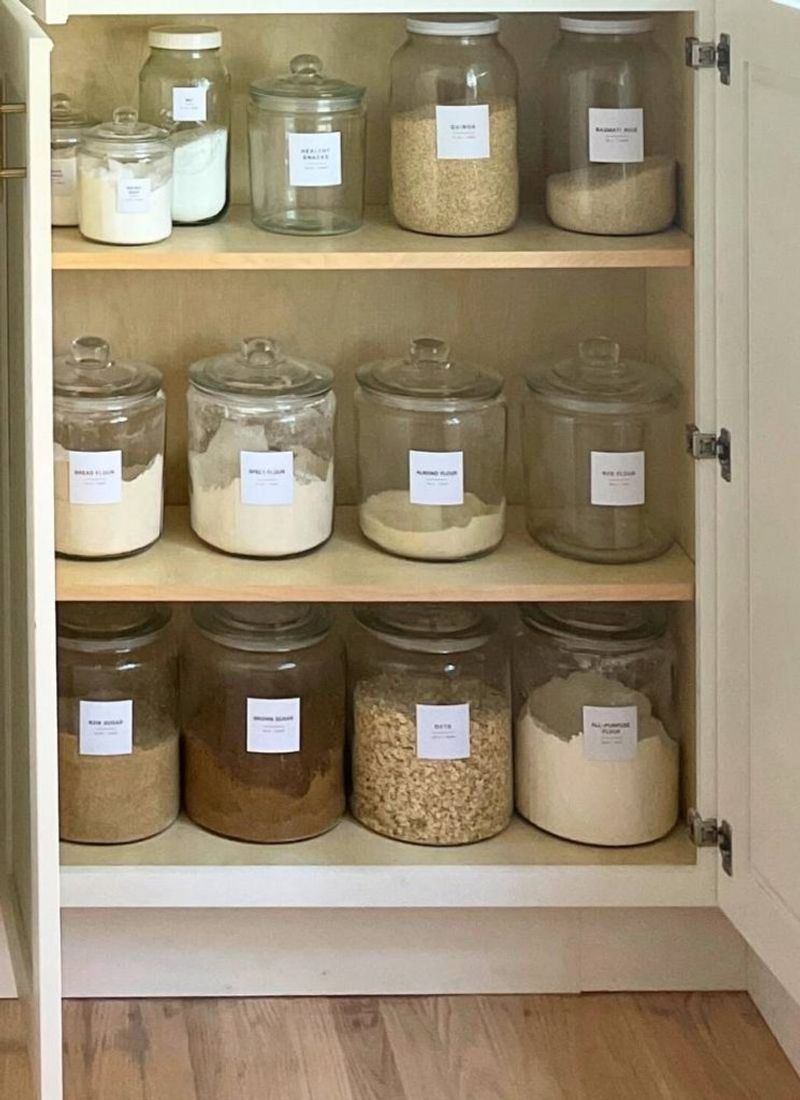
Almond flour for that paleo recipe… coconut flour for the keto muffins… spelt flour because a blog said it was healthier. Specialty flours exemplify ingredients that take up significant pantry space while rarely earning their keep in regular meal rotation.
These expensive alternatives often require recipe adjustments and special treatment that complicates rather than simplifies your cooking process. Many have shorter shelf lives than all-purpose flour, turning rancid before you’ve made significant progress through the bag.
Unless you follow a specific dietary protocol requiring these alternatives, stick with versatile standards for meal prep efficiency. If you must experiment, purchase the smallest package available or split larger quantities with friends who share your culinary curiosity.
Leave a comment